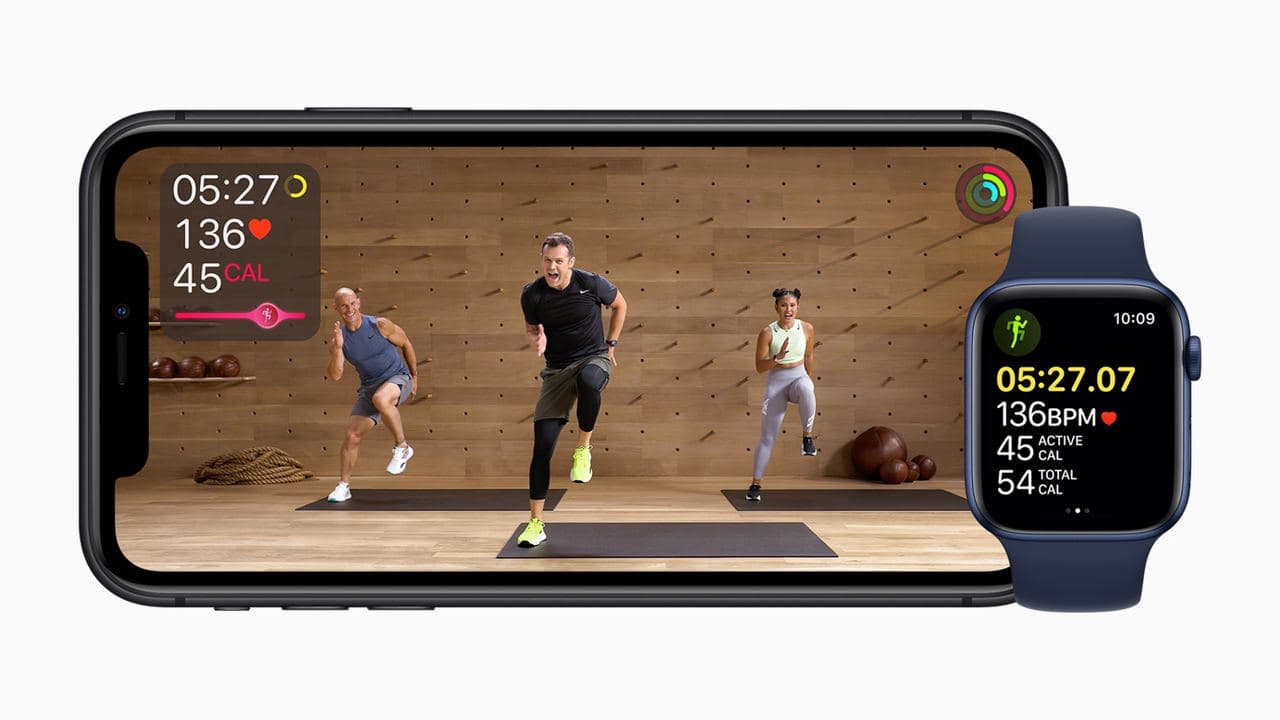 Apple’s new Fitness Plus service is officially out now, marking the launch of the company’s latest subscription service.
Apple’s new Fitness Plus service is officially out now, marking the launch of the company’s latest subscription service.
Apple Fitness+ is bringing inclusive and welcoming studio-style workouts to iPhone, iPad, and Apple TV so users can work out anytime, anywhere.
The app offers 10 different workouts types across a range of durations, including: High Intensity Interval Training (HIIT), Strength, Yoga, Dance, Core, Cycling, Treadmill (for running and walking), Rowing, and Mindful Cooldown. Moreover, Apple Fitness+ workouts are fueled by inspiring music from top artists, designed to keep users motivated from start to finish.
The surest sign that Apple is taking direct aim at Peloton’s business, though, is the lineup of 21 trainers you can take on-demand classes with. It’s a compelling and diverse bunch, many whom you might recognize from Instagram or other fitness platforms. Anyone who’s spent time with a Peloton knows that service is not really about the bike, or hitting your numbers—what keeps you coming back about developing a relationship with your favorite trainers. Apple clearly hopes they can replicate that parasocial magic. It’s obviously early, but they have some work to do before that happens. There will presumably be room for each trainer to develop their own personalities and show a little more vulnerability as the platform matures, but right now it’s a little upbeat motivation—it can feel a little robotic.
To actually use Fitness Plus, you’ll need — at minimum — an Apple Watch Series 3 (or newer) running the just-released watchOS 7.2 update paired to an iPhone 6S (or newer) running the also-just-released iOS 14.3.
Fitness+ is available as a subscription service for $9.99 (US) per month or $79.99 (US) per year,1 and Apple Watch customers will find Fitness+ in the Fitness app on iPhone, iPad, and Apple TV. Apple Fitness+ is included in the Apple One Premier plan, which, where available, also gives customers access to Apple Music,3 Apple TV+, Apple Arcade, Apple News+, and 2TB of iCloud storage for $29.95 per month, and can be shared among up to six family members.
On the flip side, right now the service doesn’t exactly cater to a more experienced athlete. My guess is that this will evolve with time, but currently the classes are relatively basic and beginner-friendly.
https://www.apple.com/newsroom/2020/09/apple-fitness-plus-a-personalized-fitness-experience-comes-to-life-with-apple-watch/



